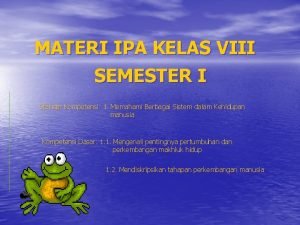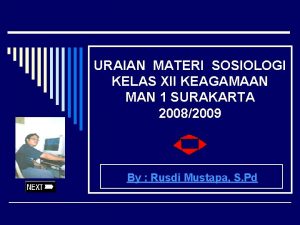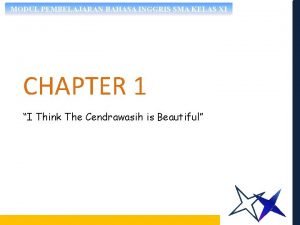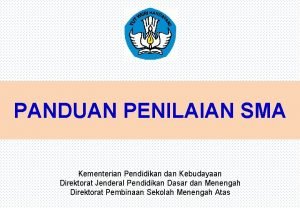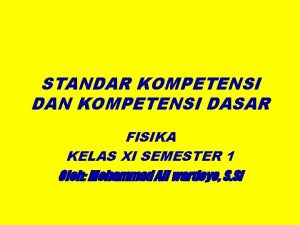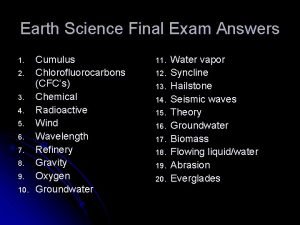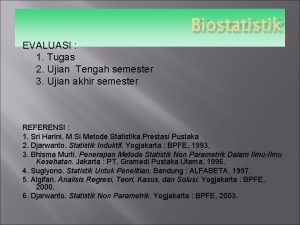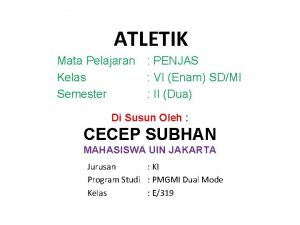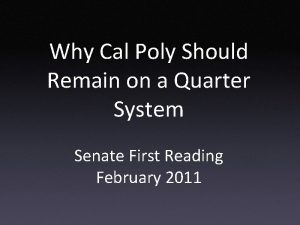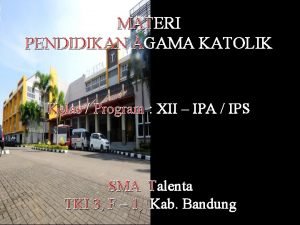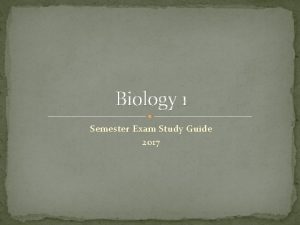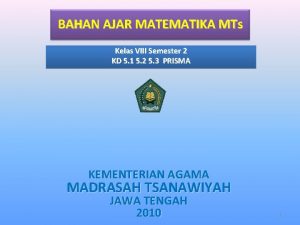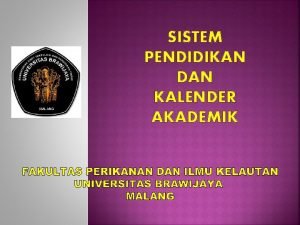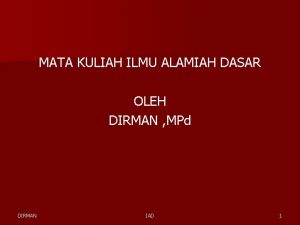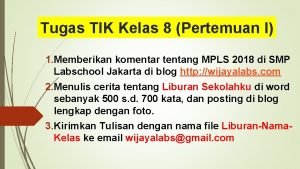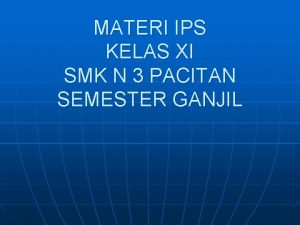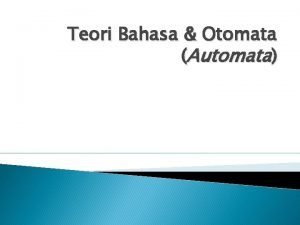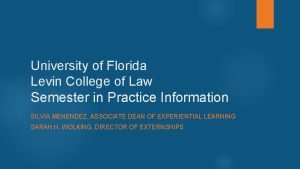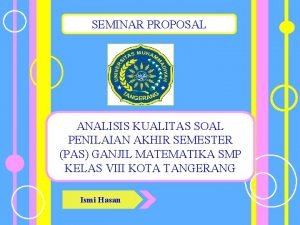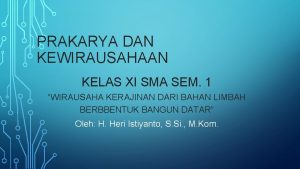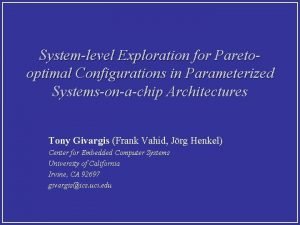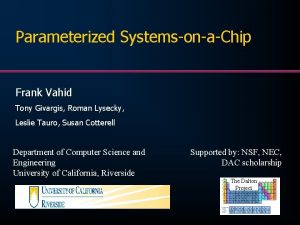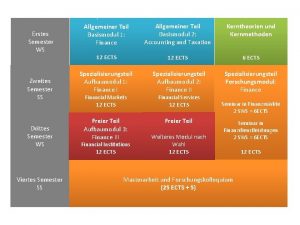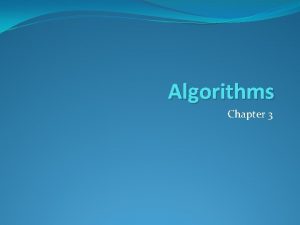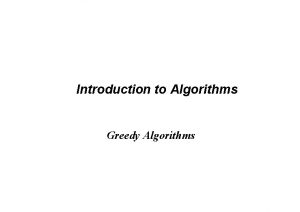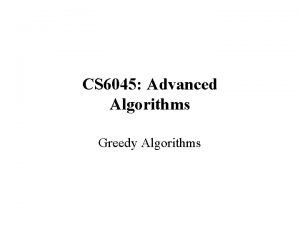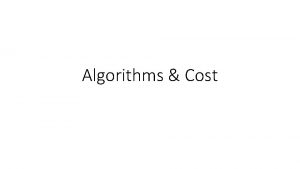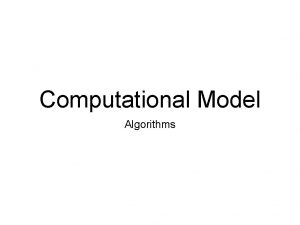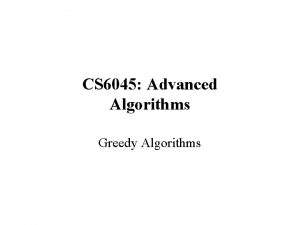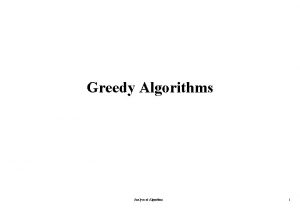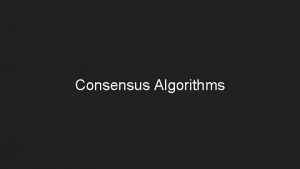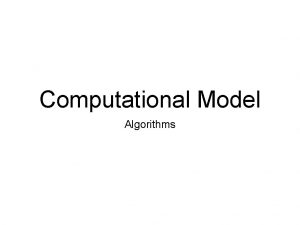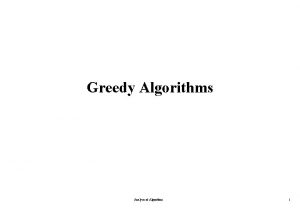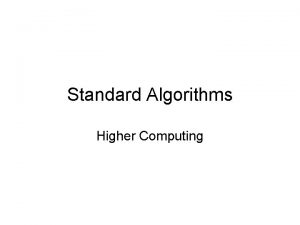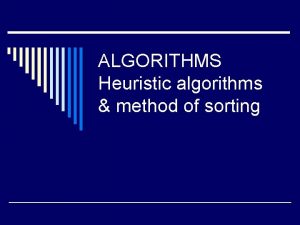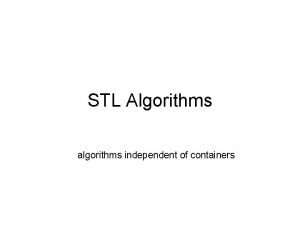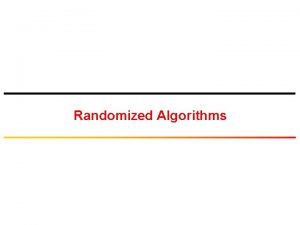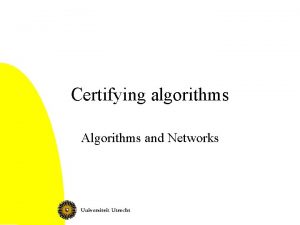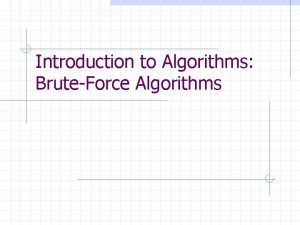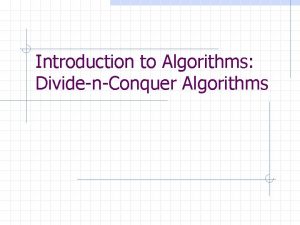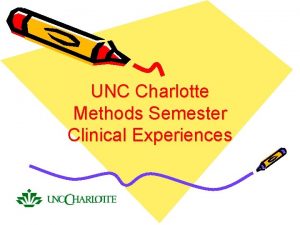From Algorithms to SystemsonaChip in a Semester E









![RAKE Receiver Student: Tufan Karalar I 8 Q S[n] Z-1 S[n-1] S[n-2] 1 st RAKE Receiver Student: Tufan Karalar I 8 Q S[n] Z-1 S[n-1] S[n-2] 1 st](https://slidetodoc.com/presentation_image_h2/b7cfd0361c4d3af0c0c3570f5b9294b6/image-10.jpg)














- Slides: 24

From Algorithms to Systems-on-a-Chip in a Semester E 225 C - 2000 Borivoje Nikolić

Fall 2000 - EE 225 C • Course topics: – Communication systems oriented – Building blocks • Datapaths, arithmetic (adders, multipliers, MACs, dividers, CORDICs) • Parallelization, pipelining, unrolling, etc. • Transformations: FIR filters, Viterbi decoders – Systems • Finite wordlengths, ADCs, AGC, adaptive equalizers, sequence detection • Applied to x. DSL, Gigabit ethernet, wireless, disk drives

Projects • 18 students • Two phases: – Block design – Putting a system together MCL code Simulink model Module Compiler Simulink std. cell netlist • Simulink + Module Compiler + functional equivalence (VSS) behavioral VHDL test vectors VHDL Simulation correspondence report

Design Projects – Timing recovery for CDMA – OFDM receiver with multi-antenna support – 3 G Turbo decoder – LDPC iterative decoder – Polyphase filter bank – RAKE receiver – Adaptive image-reject mixer – Decoder for maskless lithography

OFDM Receiver Similar to 802. 11 a system specification • Blocks q – – Synchronization FFT Viterbi decoder SVD • System Integration and Simulation • Students: Hayun Tang, Ning Zhang, Dejan Markovic, Yun Chiu

OFDM receiver Students: Hayun Tang, Ning Zhang, Dejan Markovic, Yun Chiu

SVD for multi-antenna Students: Hayun Tang, Ning Zhang, Dejan Markovic, Yun Chiu

CDMA Baseband Students: Josie Ammer, Mike Sheets • Design a 1. 6 Mbps DSSS timing recovery unit • Modulation –Length 31 PN code –QPSK symbol constellation • System specifications –Maximum frequency offset of +/- 200 KHz –Minimum input SNR of +1 d. B –Input is in-phase & quadrature samples at 200 MHz with 7 bits each

CDMA Baseband Students: Josie Ammer, Mike Sheets
![RAKE Receiver Student Tufan Karalar I 8 Q Sn Z1 Sn1 Sn2 1 st RAKE Receiver Student: Tufan Karalar I 8 Q S[n] Z-1 S[n-1] S[n-2] 1 st](https://slidetodoc.com/presentation_image_h2/b7cfd0361c4d3af0c0c3570f5b9294b6/image-10.jpg)
RAKE Receiver Student: Tufan Karalar I 8 Q S[n] Z-1 S[n-1] S[n-2] 1 st 0 th R[n] Z-1 S[n-3] Z-1 2 nd R[n] 3 rd R[n] Third multipath component can be observed in here Correlator Σ Σ C*0 Σ C*1 22 C*2 22 C*3 22 One finger 24 Σ 22 Ul I Q Dissipates 4 m. W power, runs at 25 MHz has an areaof. 4 mm 2

Polyphase Filter Bank 480 MHz Students: Kevin Camera, Changchun Shi 15 MHz*

Adaptive Image-Reject Mixer LO 2 LO 1 Image Tone rf filter LNA j j I I Q Q A/D DSP Mixer 2 Gain • Image-Rejection Ratio is reduced by circuit mismatches –Gain (DA) mismatch in I and Q paths • Need 60 d. B IRR Image Rejection (d. B) –Phase mismatch in quadrature oscillators 70 1 + DA = 1. 001 65 1 + DA = 1. 003 60 55 50 45 1 + DA = 1. 01 0. 02 Students: Gabriel Desjardins, Isaac Sever 0. 06 0. 1 f (deg. ) 0. 14 0. 18

Adaptation via Spectral Estimation • Two Components – Discrete Fourier Transform, Finite State Machine • FSM uses DFT output to make gain and phase tuning decisions GAIN TUNE PHASE TUNE 6 MIXER + A 2 D 13 DFT 32 FSM 6

Adaptation via LMS

3 G Turbo Decoder uk xs xp 1 Encode 1 Encode 2 Decoder x xp 2 Encoder, parallel concatenation -1 ys y yp 1 SISO 2 yp 2 Students: Stephanie Augsburger, Chris Savarese ^ uk

SISO Block: SOVA Implementation • • Standard Viterbi algorithm plus soft output Reliability Measure Unit computes soft outputs Less complex than MAP Expected higher BER than MAP current

SISO Block: MAP Implementation • • Double Viterbi algorithm: forward and backward Soft output is a Log-Likelihood Ratio (LLR) More complex than SOVA Expected BER improvement over SOVA current

High-Speed Iterative Decoder Outer: Turbo (convolutional) or Low-density parity-check code Inner: Channel with MAP (BCJR) or SOVA decoder Students: Yeo, Zlatanovici

MAP Decoder Bi-directional trellis decoding BCJR- (Bahl, Cocke, Jelinek, Raviv) Algorithm

LDPC Decoder Bit-to-Check-to-Block (Each Bit node connected to 4 Check nodes) (Each Check node connected to 36 Bit nodes) • Fine grained pipelining • Carrysave Operations • Shift Registers for Memory and automatic pipelining for Address Decoding

Maskless Lithography 1. 1 GBit/s Storage Disks 640 GBit 25 to 1 all compressed layers I/O 400 GBit/s Processor Board 64 GBit Memory 10 TBit/s Decompress Writers On-chip Hardware 25 to 1 single compressed layer Parallel Demux decompression paths + Buffer Writers 10 mm Decomp. 20 mm Writers built on ‘smart’ memory array

Decoding for Maskless Lithography l l Huffman decoding 1 D match decoding 10 k. Hz flash Writers 1 bit / cycle 400 GBit/s 1 pixel / cycle Huffman Decode Buffer Stream Decode LZ Systolic Array Students: Vito Dai, Yasheh Shroff, Mason Freed 10 TBit/s

Separate Class Project SCF 1 0. 25 m CMOS Fully functional first time SCF 2 Bob Brodersen, Mats Torkelsen, Nathan Chan Using the new design flow

What did we learn? • • • Flow works surprisingly well Easy to learn Still fragile Need to add support for SRAM Need block-level timing analysis For faster designs will need regular placement
 Kompetensi dasar ipa kelas 8 semester 2
Kompetensi dasar ipa kelas 8 semester 2 Materi sosiologi kelas 12 semester 1
Materi sosiologi kelas 12 semester 1 Modul pembelajaran bahasa inggris kelas 11
Modul pembelajaran bahasa inggris kelas 11 Panduan penilaian sma
Panduan penilaian sma Kompetensi dasar fisika kelas 11
Kompetensi dasar fisika kelas 11 Earth science final exam answers
Earth science final exam answers Pengertian ujian tengah semester
Pengertian ujian tengah semester Materi atletik sd
Materi atletik sd Is cal poly pomona quarter or semester
Is cal poly pomona quarter or semester Ulink lafayette
Ulink lafayette Kekhasan agama agama di indonesia
Kekhasan agama agama di indonesia Biology 1st semester exam study guide
Biology 1st semester exam study guide Sebuah roti berbentuk prisma dengan alas jajargenjang
Sebuah roti berbentuk prisma dengan alas jajargenjang Kalender akademik fpik ub 2021
Kalender akademik fpik ub 2021 Mata kuliah ilmu alamiah dasar
Mata kuliah ilmu alamiah dasar Biology second semester final exam answers
Biology second semester final exam answers Humss scheduling of subjects
Humss scheduling of subjects Royal holloway semester dates
Royal holloway semester dates Mary is trying hard in school this semester her father said
Mary is trying hard in school this semester her father said Materi tik kelas 8
Materi tik kelas 8 Materi ips kelas 11 semester 2
Materi ips kelas 11 semester 2 Teori bahasa automata
Teori bahasa automata Uf law externship
Uf law externship Proposal penilaian akhir semester smp
Proposal penilaian akhir semester smp Aktivitas 1 prakarya kelas 11
Aktivitas 1 prakarya kelas 11
